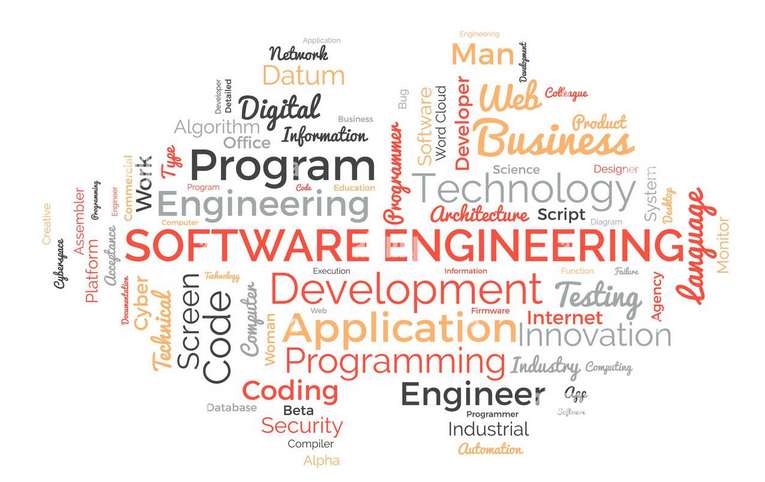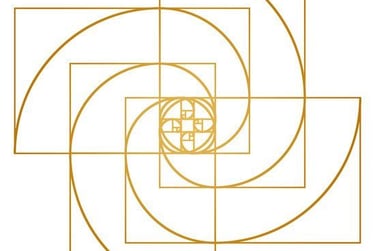About David Wiley Consulting
Services and history
David F Wiley
BS Computer Science
MS Software Engineering
Member:
International Institute of Business Analyst (IIBA)
IEEE Computer Society
Association of Computing Machinery (ACM)
Information Systems Security Association International (ISSA)
BCS - The Charted Institute for IT
Over 30 years of analysis, design, development, and testing of data driven systems in multiple areas: Population Analysis, Financial, Medical, Food Services, Safe-Software Systems and databases.






Transcendent Reality to Tangible Reality
My Philosophy
The Philosophy of the System
I fell in love with software 30 years ago.
As a software engineer, I was captivated by the idea of creating new things, solving problems, automating processes, and developing data-centric systems. I enjoyed coding close to the hardware, making the machine perform tasks it wasn't originally designed for, and inventing new solutions.
Then, I took a step back to gain a broader perspective and began to see the entire system. My encounter with Yourdon and Demarco's practicum on Analysis and Design, Gerald Weinberg, General Systems Thinking, James Martin Information Engineering series and David Harel State Charts for Complex Systems were a transformative experience for me. From that point on, whether the project was big or small, everything started with a Context Model. I asked questions about the inputs and outputs, identified the producers and consumers, determined the source of the inputs, and figured out where the outputs would ultimately reside.
I also explored the triggers or events that initiated or concluded the Context Model. I considered the purpose, the transformation, and the overall system. As a result of this exploration, I transitioned into System Analysis and Design of complex systems.
The System Model:
The system model encompasses understanding and various components such as data, flow, architecture, triggers of time and events, integration, and transformation. This model represents the software, hardware, data and processes that drive the system. The System Anatomy charts if you would.
Bishop Robert Barron's discussions on beauty highlight the connection between beauty and mathematics (the system), illustrating how intricate order and elegance suggest a transcendent source. The transcendentals: Truth (Math/Logic), Goodness (the systems interconnectedness), Beauty (The system is holistic and emergent).
When developing a new system, product, or process, it initially exists only in the abstract. It only comes to life with the implementation of code, data, and hardware, and the understanding of the interaction between those components, at which point it enters a tangible reality. Before this happens, it points toward a transcendent reality. My job is to take it from the transcendent to the tangible.
What excites me most these days is the beauty of transforming chaos into a usable and reproducible system. This passion drives my work in IT Business Analysis, Data Analysis, Concept Blueprints, System Modeling, and the endeavor to manage challenges —both the dragons and the cats —effectively through DevOps project management.
The system model principles:
A holistic perspective, an understanding of the sum of the parts, and how they work together to achieve the overall goal.
Inter-connectedness and inter-dependence of the whole. All things are connected.
Feedback loops. How the output influences the input.
Boundaries. The clarification of the scope and the interactions of the system with the internal and external environment.
The system model provides:
Better decision-making
Problem-solving
Innovation and strategy
Improved communication and collaboration:
Enhanced efficiency and reliability
First Principles approach
Within the system model lies the success of the process, product, or project.



